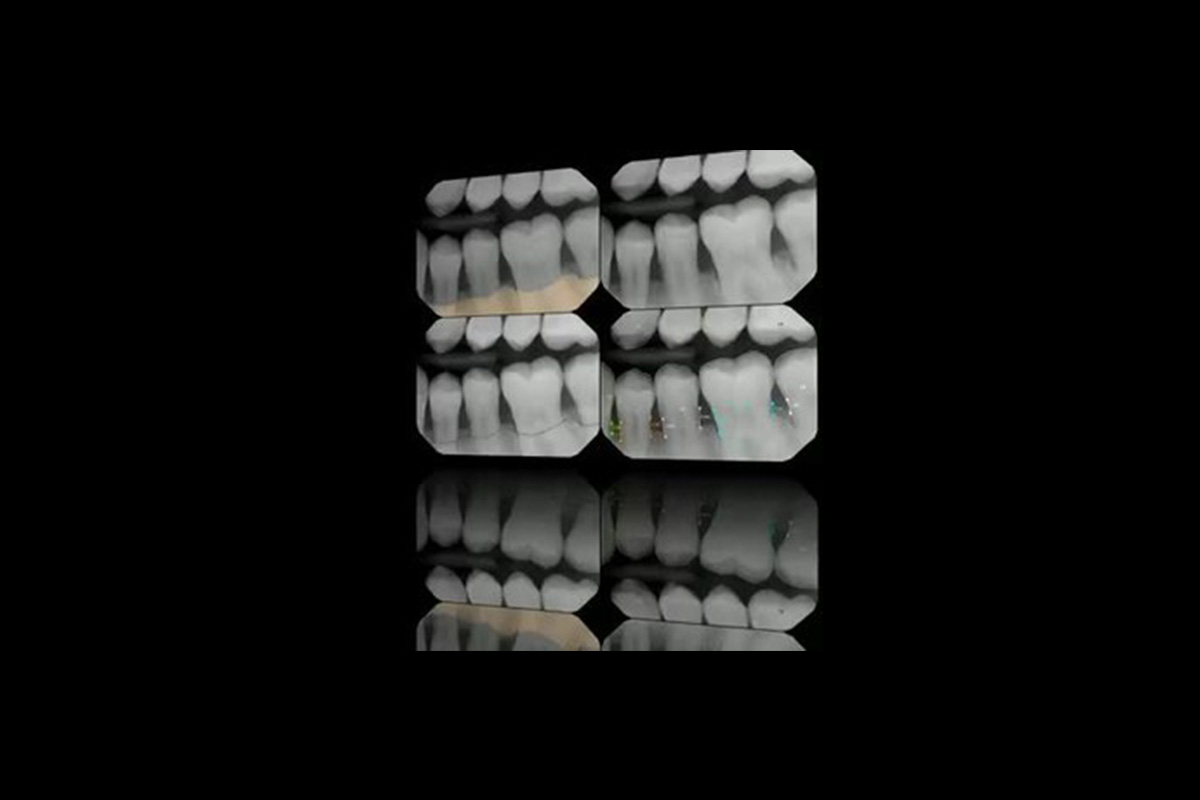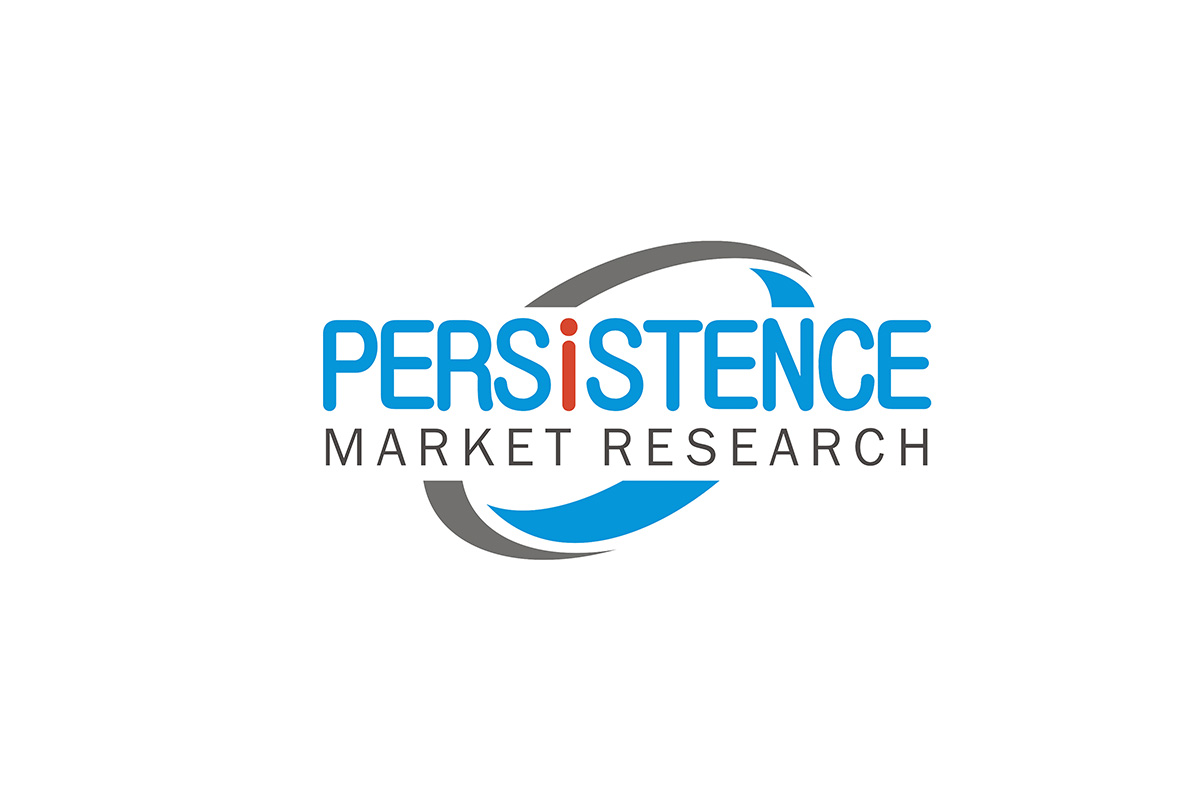Cosmetic Wipe Manufacturers to Invest Heavily in Marketing to Retain their Dominance in Industry
An in-depth analysis of the cosmetic wipes market is provided by Fact.MR for the forecast period of 2022-2032. The study carefully examines crucial growth factors, including trends, future projections, and business models. Besides this, it also provides a thorough analysis of the top segments, including product, application, material use, and region..
Fact.MR – A Market Research and Competitive Intelligence Provider: The global cosmetic wipes market is expected to grow from US$ 581.91 Million in 2022 to US$ 950 Million by 2032, with overall sales rising at a steady CAGR of 5% over the forecast period (2022-2032).
Rising awareness about face cleansing products and their various properties including anti-aging properties is expected to boost the sales of cosmetic wipes in the global market. Similarly, growing focus on maintaining personal hygiene is likely to drive the market during the forecast period.
Cosmetic wipe manufacturers are aware of evolving consumer expectations with respect to the aroma, effectiveness, and most importantly price and nature. Due to this, they are focusing on launching cosmetic wipes that are affordable, easy to carry, and eco-friendly. This will further expand the global cosmetics wipes market size during the forecast period.
Demand for cosmetic wipes is also likely to increase owing to their use in baby care and patient care. Many cosmetic wipe manufacturers are specifically making products that are aligned with the sensitive nature of the skin of babies. Further, use of cosmetic wipes in clinical settings to maintain patient hygiene is also expected to boost the growth of the market over the forecast period.
For Critical Insights on this Market, Request for More Info at:
https://www.factmr.com/connectus/sample?flag=S&rep_id=118
Regionally, Europe and North America are likely to spearhead the growth, collectively accounting for nearly 75% of overall sales in 2022. Growing popularity of organic cosmetic wipes, increasing consumer spending, and high focus on personal hygiene in these regions is likely to boost market growth during the assessment period.
Also, the prevalence of various skin ailments is high in these regions, owing to which consumers are specifically spending on personal hygiene products. According to the American Academy of Dermatology, one in four Americans suffer from some form of skin disease.
Key Takeaways:
- By application, the cleansing and makeup removal wipes segment will continue to dominate the global market, accounting for nearly 40% of global revenues through 2032.
- Based on distribution channel, the online retail segment will generate the highest revenues in the global cosmetic wipes market during the forecast period.
- By material type, sales of absorbent cotton cosmetic wipes are likely to remain dominant.
- The U.S. cosmetic wipes market size reached over US$ 200 Million in 2020 and it is poised to grow at a steady pace during the forecast period.
- By 2032, China’s cosmetic wipes market is likely to reach a valuation of US$ 350 Million.
Growth Drivers:
- Increasing applications of cosmetic wipes in baby care is expected to open new avenues of growth for market players.
- Growing use of cosmetic wipes in clinics and hospitals is anticipated to augur well for the market.
- Introduction of environmentally friendly products is likely to act as a catalyst triggering the growth of cosmetic wipes market.
- Reduction in the average price of cosmetic wipes is expected to make them appealing to a broader section of population.
Restraints:
- Skin health risks associated with chemical ingredients in cosmetic wipes are negatively influencing the market growth.
Get Customization on this Report for Specific Research Solutions
https://www.factmr.com/connectus/sample?flag=RC&rep_id=118
Competitive Landscape:
The cosmetic wipes market is highly fragmented and numerous country-level players hold sway in their respective markets. Leading players are focusing on launching new sustainable products and using aggressive branding to raise awareness among consumers about their products.
For instance,
- In 2021, Nice-Pak Products announced the launch of face cleansing towelettes that are made for quick and easy makeup removal. These wipes are made using 100% sustainable plant-based fibres, and they offer great cleansing.
- Kylie Skin unveiled the latest range of makeup-removing wipes in December 2021.
Key Companies Profiled by Fact.MR
- Kao
- Pigeon
- Unilever
- Nox Bellcow Cosmetics
- Essity
- Procotech Limited
- Lenzing
- Diamond Wipes International
- Albaad Massuot
- Beiersdorf
- Nice-Pak Products
- Rockline Industries
- Procter & Gamble
- Johnson & Johnson
- Kimberly Clark
More Valuable Insights on Cosmetics Wipes Market
In its latest study, Fact.MR offers a detailed analysis of the global cosmetics wipes market for the forecast period of 2022 to 2032. This study also divulges key drivers and trends promoting the sales of cosmetics wipes through detailed segmentation as follows:
- Wet
- Dry
- Absorbent Cotton
- Non-woven Fabric
- Cleansing & Makeup Removal
- Moisturizing
- Exfoliating
- Modern Trade
- Specialty Stores
- Medical Stores & Pharmacies
- Online Retail
- North America
- Europe
- East Asia
- South Asia
- Oceania
- Middle East & Africa
- Latin America
Get Full Access of this Report through our Secure PayPal Payment Option
https://www.factmr.com/checkout/118
Key Questions Covered in the Cosmetics Wipes Market Report
- What is the estimated market size of cosmetics wipes in 2022?
- At what pace will worldwide cosmetics wipes’ sales increase till 2032?
- What factors are driving demand in the cosmetics wipes market?
- Which region is predicted to lead the worldwide cosmetics wipes market between 2022 and 2032?
- What are the elements driving cosmetics wipes market sales during the forecast period?
- What is the expected market estimation of the cosmetics wipes market during the forecast period?
Explore Fact.MR’s Coverage on the Consumer Goods Domain
Circular Beauty Products Market: Registering a year-on-year (YoY) growth rate of 5.5%, the global circular beauty products market reached a valuation of US$ 2.3 billion at the end of 2021. Furthermore, with rising usage of these beauty products, the overall sales of circular beauty products are expected to grow at a 5.8% CAGR between 2022 and 2032, reaching a market valuation of US$ 4.2 billion by 2032. Rapidly-changing fashion trends and rising sustainability & environment concerns are the key factors driving demand for circular beauty products in the market.
Skin Boosters Market: As per Fact.MR, the global skin boosters market is expected to reach US$ 1.03 billion in 2022, and further expand at 9.26% CAGR during the forecast period, reaching a valuation of US$ 2.5 billion by 2032. Rising demand for beauty items by both men and women is the main factor driving growth in the market.
Anti-Acne Dermal Patch Market: The global anti-acne dermal patches market is anticipated to grow from US$ 539 Million in 2022 to US$ 920 Million by 2032, with overall sales accelerating at 5.5% CAGR throughout the forecast period (2022-2032). Rising incidence of pimples and skin sensitivity, growing health awareness among people, and increasing sales through online sales platforms are some of the key factors driving demand in the market.
Disinfecting Wipes Market: North America is expected to be the most dominant region in the global market for Disinfecting Wipes. Disposable disinfecting wipes are expected to show growth of 1.7X during 2020 to 2030.
Deodorant Wipes Market: The Wet wipe type segment is expected to grow the fastest, at a CAGR of ~2%. As per Fact.MR’s projections, the market for Deodorant Wipes in Europe will likely expand at a 42% CAGR. Deodorant Wipes landscape is slated to reach a valuation of US$ 71 Million by 2032.




